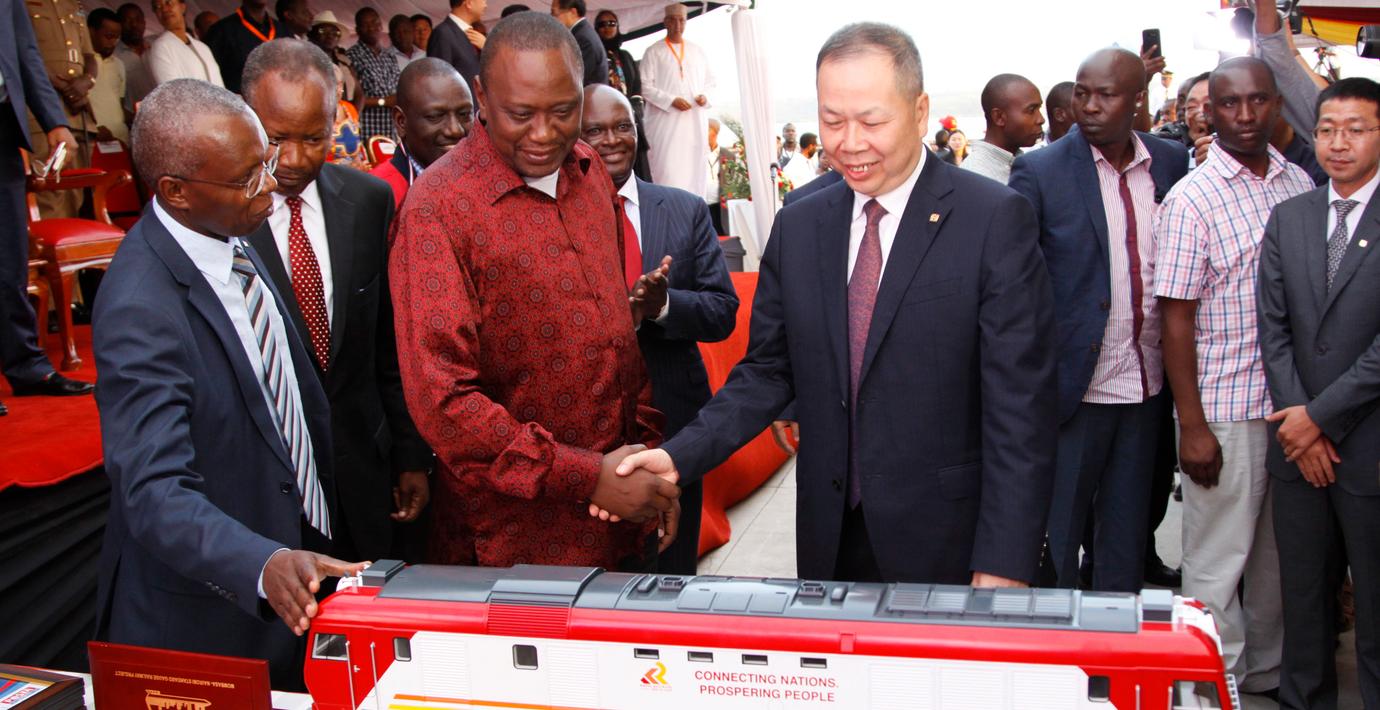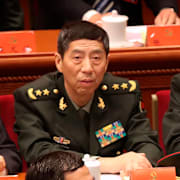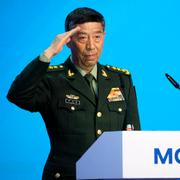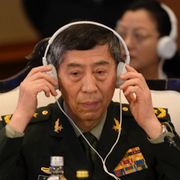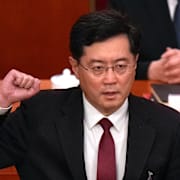Wikipedia (en)
The Belt and Road Initiative (BRI, or B&R), known in Chinese and formerly in English as One Belt One Road (Chinese: 一带一路) or OBOR for short, is a global infrastructure development strategy adopted by the Chinese government in 2013 to invest in nearly 70 countries and international organizations. It is considered a centerpiece of Chinese Communist Party (CCP) general secretary and Chinese leader Xi Jinping's foreign policy. The BRI forms a central component of Xi Jinping's "Major Country Diplomacy" (Chinese: 大国外交) strategy, which calls for China to assume a greater leadership role for global affairs in accordance with its rising power and status.
Xi originally announced the strategy as the "Silk Road Economic Belt" during an official visit to Kazakhstan in September 2013. "Belt" is short for the "Silk Road Economic Belt," referring to the proposed overland routes for road and rail transportation through landlocked Central Asia along the famed historical trade routes of the Western Regions; whereas "road" is short for the "21st Century Maritime Silk Road", referring to the Indo-Pacific sea routes through Southeast Asia to South Asia, the Middle East and Africa. Examples of Belt and Road Initiative infrastructure investments include ports, skyscrapers, railroads, roads, airports, dams, coal-fired power stations, and railroad tunnels.
The initiative was incorporated into the Constitution of China in 2017. The Chinese government calls the initiative "a bid to enhance regional connectivity and embrace a brighter future." The project has a target completion date of 2049, which will coincide with the centennial anniversary of the People's Republic of China (PRC)'s founding. Some observers and skeptics, mainly from non-participant countries, including the United States, interpret it as a plan for a sinocentric international trade network. In response the United States, Japan and Australia had formed a counter initiative, the Blue Dot Network in 2019, followed by the G7's Build Back Better World initiative in 2021.
A 2019 study conducted by global economic consultants CEBR forecasted that BRI was likely to boost world GDP by $7.1 trillion per annum by 2040.
